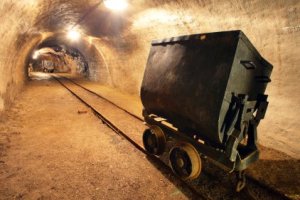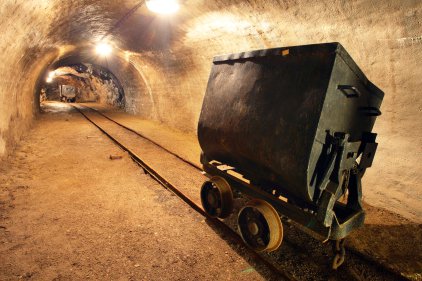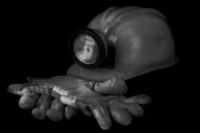 The U.S. Department of Labor’s Mine Safety and Health Administration’s inspectors issued 213 citations, 23 orders and one safeguard during special impact inspections conducted at nine coal mines and five metal/nonmetal mines last month.
The U.S. Department of Labor’s Mine Safety and Health Administration’s inspectors issued 213 citations, 23 orders and one safeguard during special impact inspections conducted at nine coal mines and five metal/nonmetal mines last month.
Frequent offenders
The monthly inspections, which began in April 2010 following the explosion at the Upper Big Branch Mine, involve mines that merit increased agency attention and enforcement due to their poor compliance history. These matters include: high numbers of violations or closure orders; frequent hazard complaints or hotline calls; plan compliance issues; inadequate workplace examinations; a high number of accidents, injuries or illnesses; fatalities; adverse conditions, such as increased methane liberation, faulty roof conditions, inadequate ventilation and respirable dust.
An impact inspection conducted on Aug. 1 at JJ&E Coal Corp.’s Horse Creek Mine No. 2 in McDowell County, W.Va., resulted in: eight unwarrantable failure orders, one task training order, one imminent danger order and 36 104(a) citations. MSHA enforcement personnel inspected the one producing section, two coal conveyor belts and the surface area of the mine. They also traveled every air course, escapeway and beltline. At the time of the inspection, the day shift production crew was underground on the working section. Because the maintenance crew did not work the previous shift, all conditions observed were as the previous day-shift production crew had left them and after preshift examinations were made.
Hazards known about for months
Inspectors found accumulations of loose coal and coal fines up to 30 inches deep the entire length of the two conveyer belts, which were 350 feet and 750 feet long, respectively. Bottom belt rollers on both conveyors turned in these accumulations up to 6 inches deep, a potential fire hazard. These conditions had been documented by the mine superintendent and mine manager during the preshift/on-shift examinations every day for almost a week, noting in daily inspection records since July 27 that each belt “needs additional cleaning, work in progress.” There was no evidence work had been done to clean these belts.
No air movement
Additionally, MSHA cited the mine operator for violating roof support, ventilation, electrical and surface regulations. Inspectors observed roof bolting machine operators installing roof bolts with no ventilation curtain installed. When tested with chemical smoke, there was no air movement detected. Operating mining machinery without adequate ventilation exposes miners to respirable dust that can lead to black lung, and it can result in accumulations of gas and coal dust that increase the chance of a fire or explosion.
Recurring conditions
MSHA issued an imminent danger order to JJ&E based on its practice of: conducting inadequate mine examinations, failure to provide adequate compliance oversight, failure to comply with approved ventilation and roof control plans, recurring hazardous conditions and the number of citations and orders that were issued in the past year and remained outstanding at the time of this impact inspection.
Production was allowed to resume Aug. 13, when all citations and orders associated with the impact inspection were terminated and cited conditions corrected. The operator developed and implemented a compliance plan; and improvements were made to the roof control and ventilation plans. This was the second impact inspection at this mine.
Since April 2010, MSHA has conducted 656 impact inspections and issued 11,002 citations, 1,019 orders and 46 safeguards.


